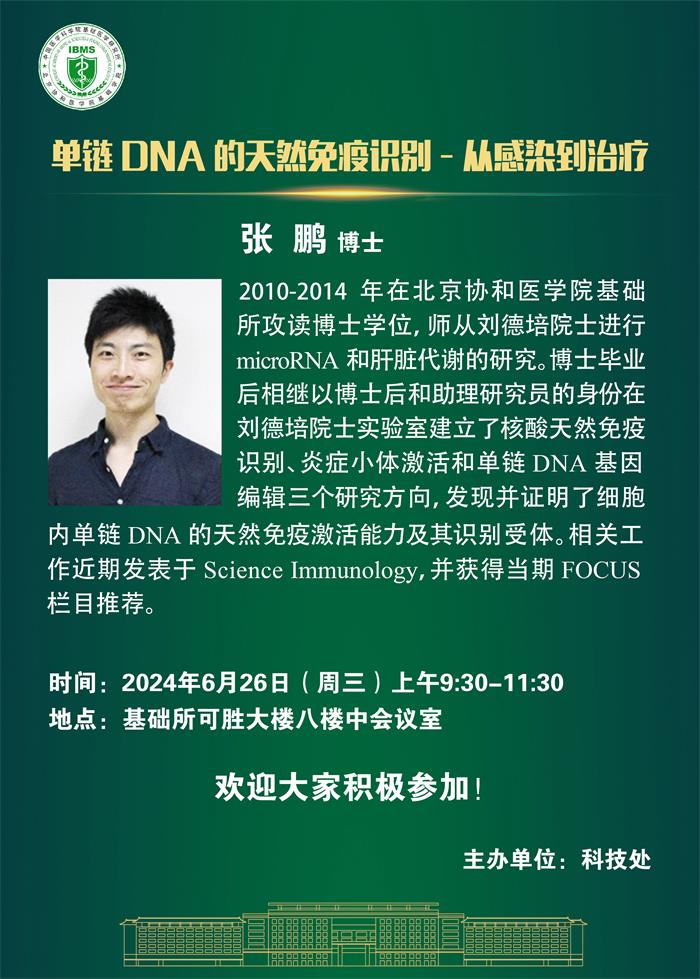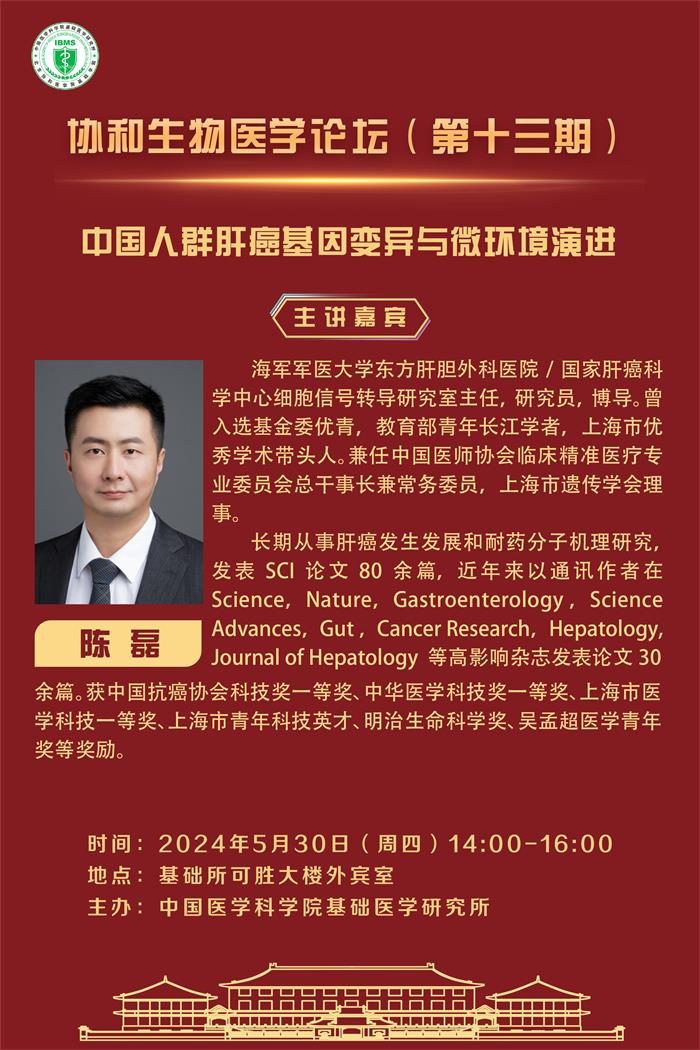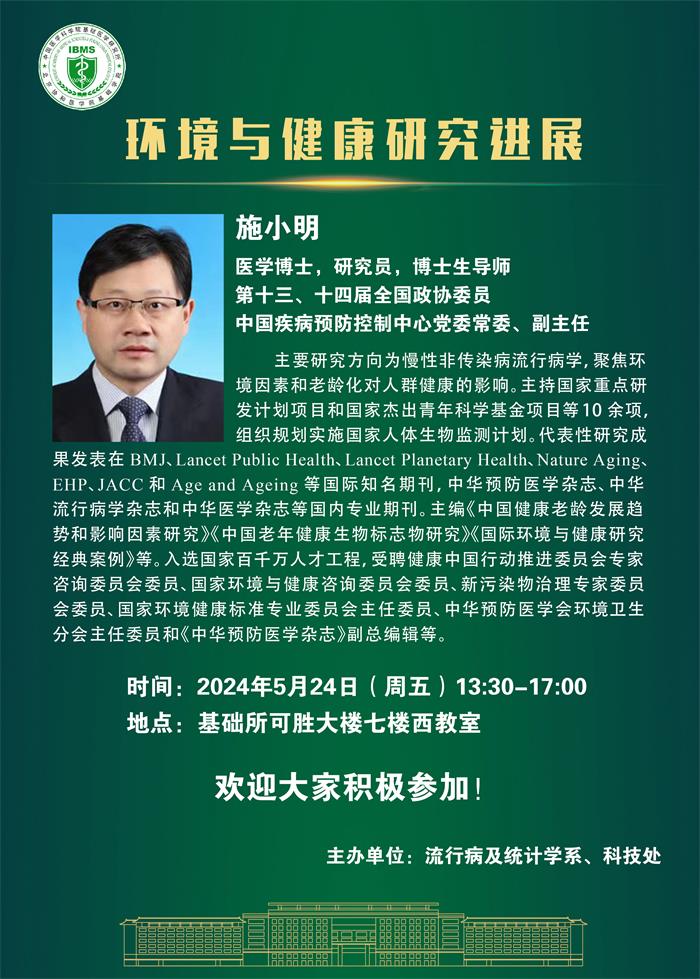The antibiotic clofoctol suppresses glioma stem cell proliferation by activating KLF13.
Hu Y, Zhang M, Tian N, Li D, Wu F, Hu P, Wang Z, Wang L, Hao W, Kang J, Yin B, Zheng Z, Jiang T, Yuan J, Qiang B, Han W, Peng X.
J Clin Invest. 2019 May 21;130.
PMID: 31112526
Abstract
Gliomas account for approximately 80% of primary malignant tumors in the central nervous system. Despite aggressive therapy, the prognosis of patients remains extremely poor. Glioma stem cells (GSCs) which considered as the potential target of therapy for their crucial role in therapeutic resistance and tumor recurrence, are believed to be key factors for the disappointing outcome. Here, we took advantage of GSCs as the cell model to perform high-throughput drug screening and the old antibiotic, clofoctol, was identified as the most effective compound, showing reduction of colony-formation and induction of apoptosis of GSCs. Moreover, growth of tumors was inhibited obviously in vivo after clofoctol treatment especially in primary patient-derived xenografts (PDXs) and transgenic xenografts. The anticancer mechanisms demonstrated by analyzing related downstream genes and discovering the targeted binding protein revealed that clofoctol exhibited the inhibition of GSCs by upregulation of Kruppel-like factor 13 (KLF13), a tumor suppressor gene, through clofoctol's targeted binding protein, Upstream of N-ras (UNR). Collectively, these data demonstrated that induction of KLF13 expression suppressed growth of gliomas and provided a potential therapy for gliomas targeting GSCs. Importantly, our results also identified the RNA-binding protein UNR as a drug target.





